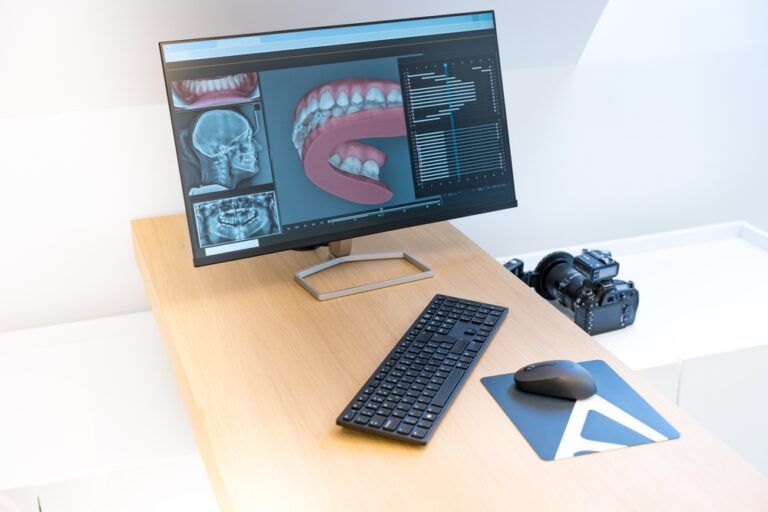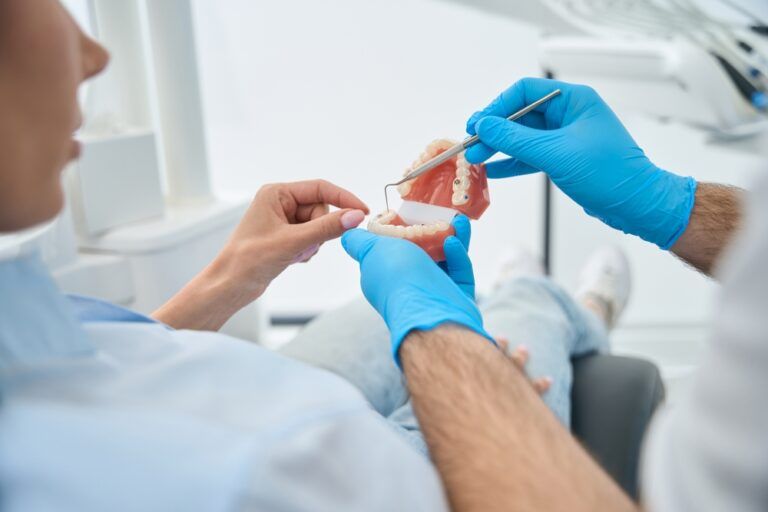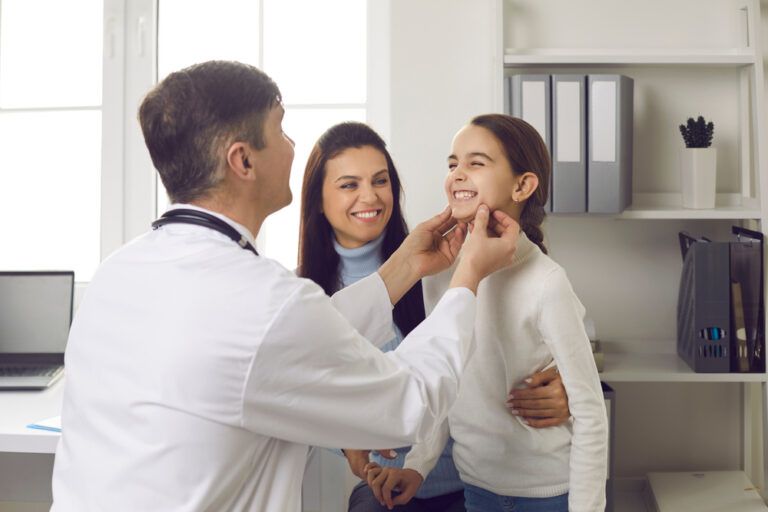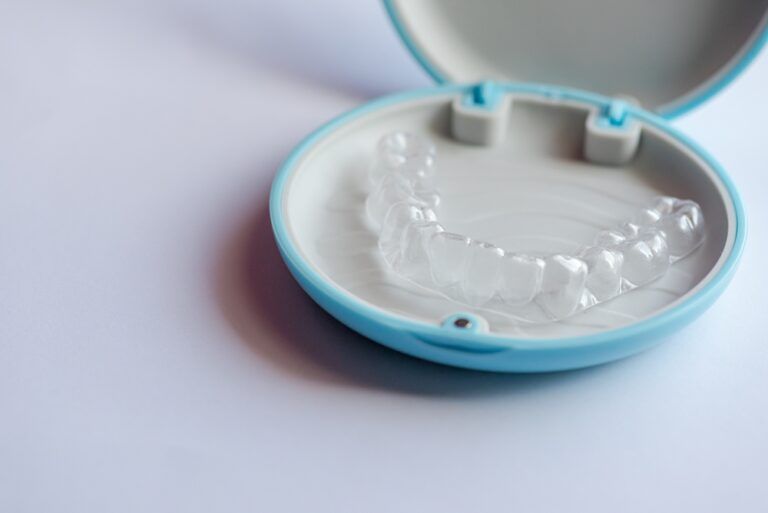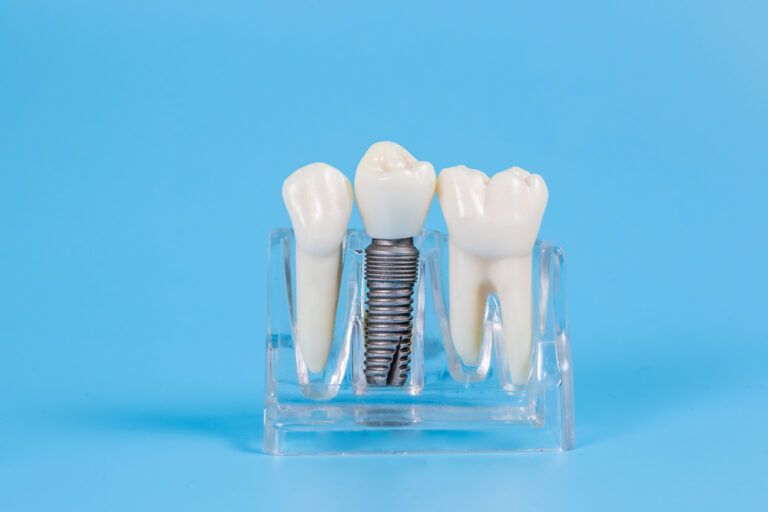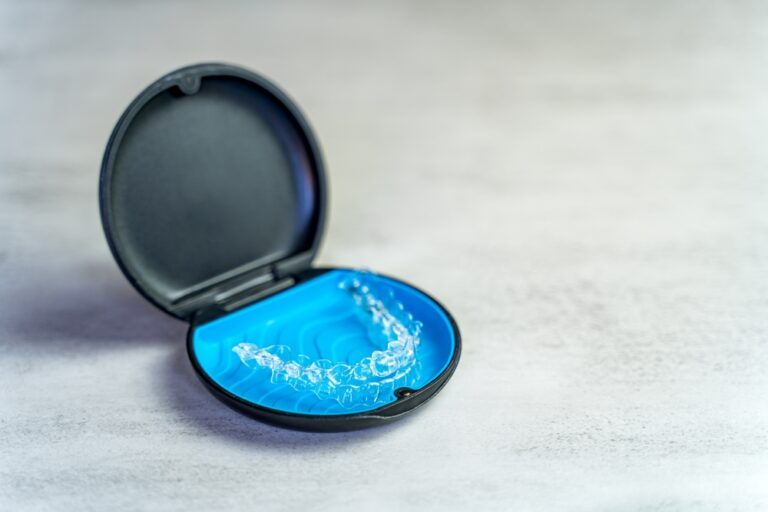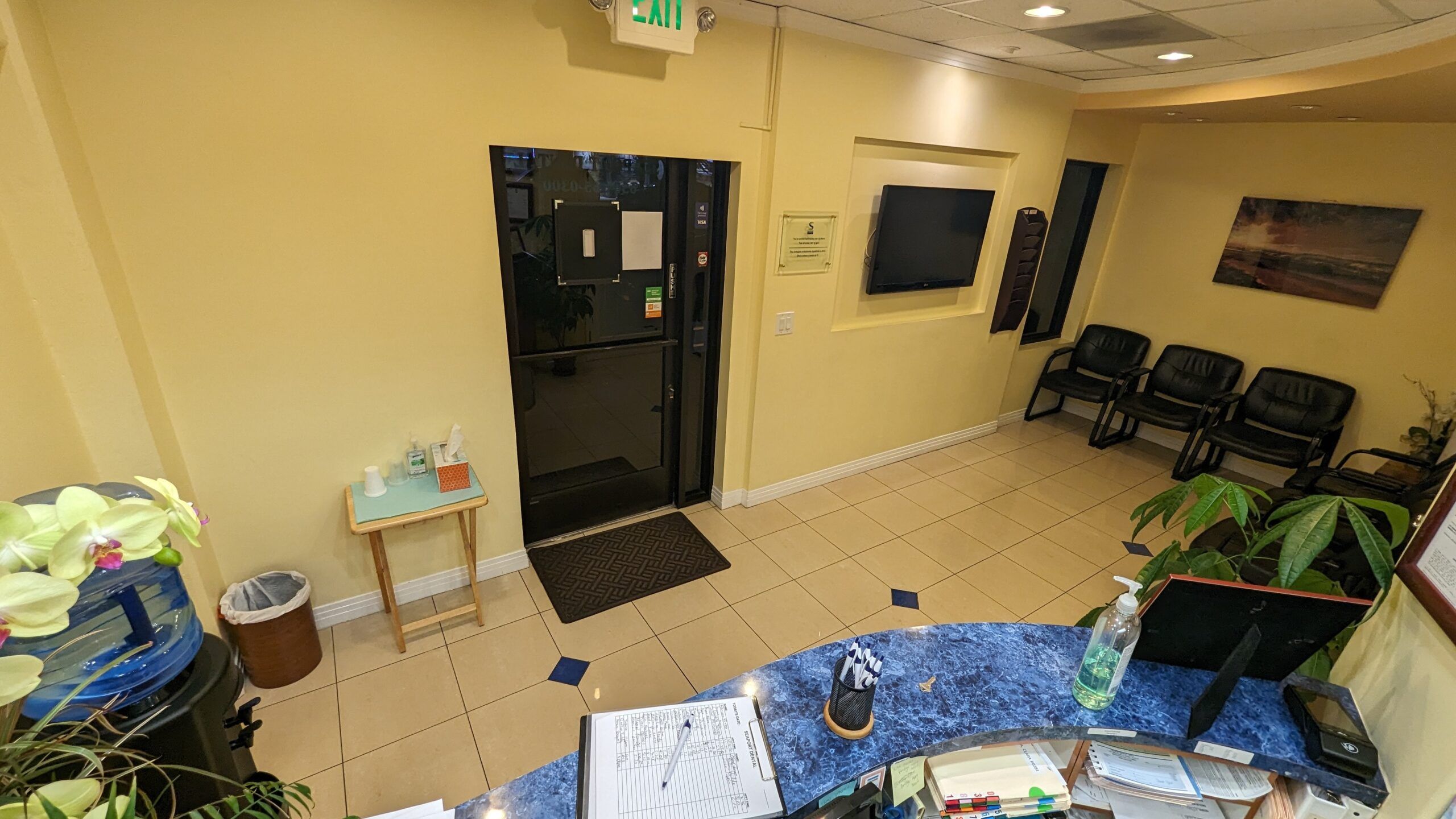For anyone seeking a discreet way to achieve a straighter smile, Invisalign offers a modern alternative to traditional braces. This clear aligner system is popular for its flexibility, comfort, and minimal interference with daily life. At Seaport Family Dental in Redwood City, CA, Dr. Steve Deng, DDS, helps patients navigate the Invisalign process, ensuring each step is tailored to their needs and goals. Here’s an in-depth look at Invisalign treatment and what to expect along the journey to a better smile.
What is Invisalign?
Invisalign is a teeth-straightening system that uses a series of custom-made, clear plastic aligners to gently move teeth into their desired position over time. These aligners are crafted from a durable, transparent material and are designed to fit snugly over your teeth. Unlike traditional metal braces, Invisalign aligners are nearly invisible, making them an ideal choice for those who want a discreet option.
Invisalign is suitable for treating a range of dental issues, including:
- Mild to moderate crowding
- Gaps between teeth
- Certain bite issues, such as overbites, underbites, and crossbites
- Misalignment issues that impact the appearance of your smile
Benefits of Choosing Invisalign
Opting for Invisalign offers a range of benefits, from aesthetics to convenience. Here’s a closer look at why so many patients choose this method for teeth straightening.
1. Discreet Appearance
One of the standout features of Invisalign is its nearly invisible appearance. The aligners are made from clear plastic, allowing patients to smile confidently throughout treatment without the noticeable metal brackets and wires associated with traditional braces.
2. Removability
Invisalign aligners can be easily removed, giving patients the freedom to eat, drink, and maintain their oral hygiene routine without restriction. This flexibility is particularly beneficial for those who don’t want dietary limitations or added challenges in brushing and flossing.
3. Comfort
Traditional braces can cause irritation to the inner cheeks and gums due to the metal brackets and wires. Invisalign aligners are made from smooth plastic, which minimizes the likelihood of irritation. Additionally, each aligner is customized to fit comfortably over the teeth.
4. Predictable Results
Invisalign treatment plans are guided by advanced digital imaging technology, allowing patients to visualize the anticipated results from the outset. This technology enables precise adjustments and predictable progress throughout treatment.
The Invisalign Process: What to Expect
Understanding the steps involved in Invisalign treatment can help set clear expectations and ensure a smooth journey toward a better smile. Let’s walk through each stage.
Step 1: Initial Consultation
The first step in your Invisalign journey is a consultation with Dr. Steve Deng at Seaport Family Dental. During this visit, Dr. Deng will assess your dental needs, discussing your goals and concerns. This consultation helps determine if Invisalign is the right fit for your smile. Digital impressions, X-rays, and photographs may be taken to assist in creating your personalized treatment plan.
Step 2: Custom Treatment Plan
Using digital scans and advanced software, a customized treatment plan is created specifically for you. This plan maps out the gradual movement of your teeth, and each step is visualized so you can see how your smile will transform over time. The length of treatment varies based on individual needs, but most Invisalign cases take between 12 and 18 months.
Step 3: Receiving Your First Set of Aligners
Once your aligners are ready, you’ll receive your first set. Dr. Deng will guide you on how to insert, remove, and care for the aligners. You’ll wear each set for about 1-2 weeks, depending on your treatment plan. Aligners should be worn for 20-22 hours a day to achieve the best results, only removing them for eating, drinking, brushing, and flossing.
Step 4: Regular Check-Ups and New Aligners
Approximately every 4-6 weeks, you’ll visit Seaport Family Dental for check-ups to monitor your progress. During these appointments, Dr. Deng will assess how well your teeth are moving and provide you with your next set of aligners. These regular visits help ensure that your treatment is on track and allows any necessary adjustments to be made.
Step 5: Final Retention Phase
After completing your series of aligners, you’ll move into the retention phase. This step is crucial for maintaining the new position of your teeth. A custom retainer will be made to help prevent your teeth from shifting back. Dr. Deng will provide guidance on wearing your retainer, which typically involves wearing it at night to preserve your results.
Common Questions About Invisalign
If you’re considering Invisalign, you might have questions about what the experience will entail. Here are some commonly asked questions.
- Will Invisalign affect my speech?
Initially, there may be a slight adjustment period, but most patients adapt within a few days. Invisalign aligners are designed to fit comfortably, minimizing any long-term speech changes. - Can I eat or drink with the aligners in?
It’s recommended to remove aligners before eating or drinking anything besides water to avoid staining or damaging them. - How should I clean my aligners?
Invisalign aligners can be cleaned by gently brushing them with a soft toothbrush and rinsing them in lukewarm water. Specialized cleaning crystals or tablets can also be used for a more thorough clean.
Invisalign vs. Traditional Braces
For many patients, Invisalign offers a more appealing alternative to traditional braces, but it’s essential to understand the differences to make an informed choice.
- Aesthetics: Invisalign aligners are clear, making them less noticeable than metal braces. For those who prioritize a discreet treatment, this feature is a significant advantage.
- Convenience: Invisalign aligners can be removed, allowing patients to enjoy their favorite foods and maintain their regular oral hygiene routine. Braces, on the other hand, can limit food choices and make brushing and flossing more challenging.
- Comfort: With smooth, custom-fitted plastic aligners, Invisalign is generally more comfortable than braces, which involve metal brackets and wires that may cause irritation.
- Effectiveness: While Invisalign is highly effective for mild to moderate alignment issues, traditional braces may be better suited for complex orthodontic cases.
Invisalign provides a modern solution that blends seamlessly with most lifestyles, but it’s crucial to weigh these factors based on your needs.
Tips for a Successful Invisalign Experience
Achieving the best results from Invisalign requires commitment and consistent care. Here are some tips to ensure a successful treatment journey:
- Wear Your Aligners as Directed: For optimal results, aligners need to be worn 20-22 hours per day. Deviating from this schedule can prolong the treatment process.
- Maintain Proper Oral Hygiene: Brush and floss after each meal before reinserting your aligners. This helps prevent food particles from being trapped, which can lead to plaque build-up and other dental issues.
- Store Aligners Safely: When not wearing your aligners, keep them in a protective case to prevent loss or damage. Avoid wrapping them in napkins, as they can be easily misplaced or discarded by mistake.
- Avoid Hot Beverages with Aligners In: Hot drinks like coffee and tea can warp the plastic, affecting the fit of your aligners. Always remove aligners when consuming hot beverages.
Embracing Your New Smile
The journey to a straighter, healthier smile with Invisalign is both empowering and rewarding. With the support of Dr. Steve Deng and the team at Seaport Family Dental, you’ll have expert guidance every step of the way, from consultation through the final retainer phase. Invisalign offers a path to a better smile without the constraints of traditional braces, making it an appealing choice for patients of all ages.
Sources:
- Boyd, R. L., & Vlaskalic, V. (2001). Three-dimensional diagnosis and orthodontic treatment of complex malocclusions with the Invisalign appliance. Seminars in Orthodontics.
- Womack, R., & Weinstein, M. (2005). A clinical overview of clear aligner treatment. Orthodontics & Craniofacial Research.
- Phan, X., & Ling, P. H. (2007). Clinical limitations of Invisalign. Journal of the Canadian Dental Association.


